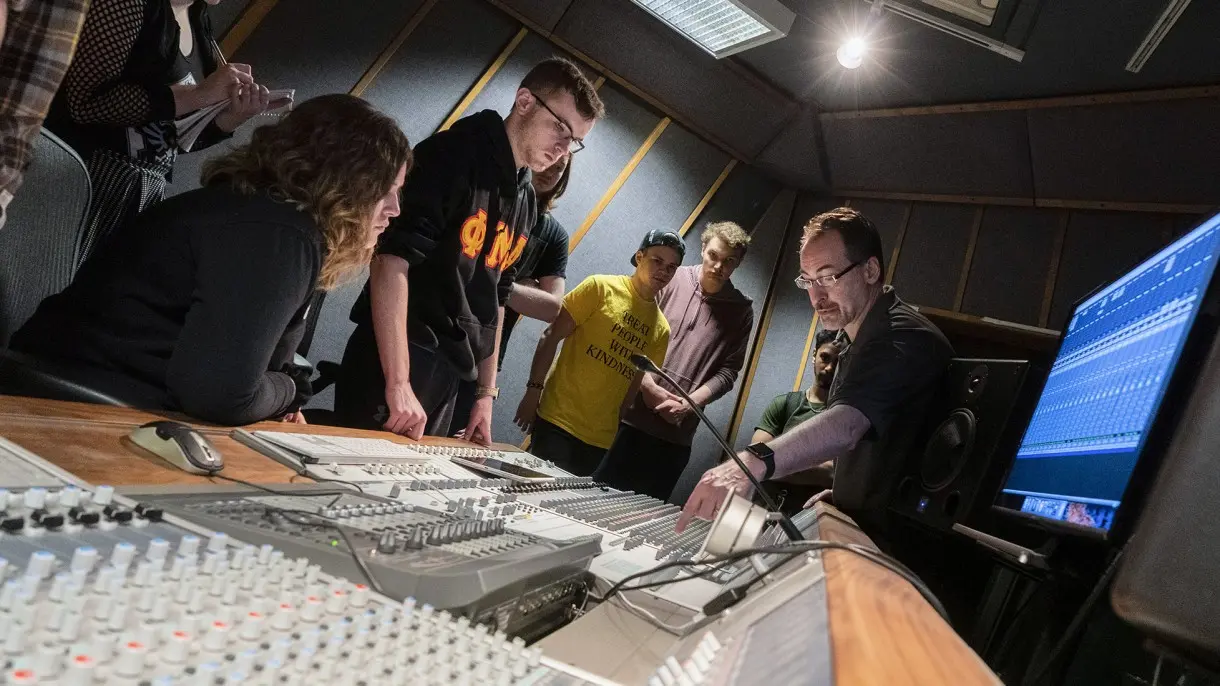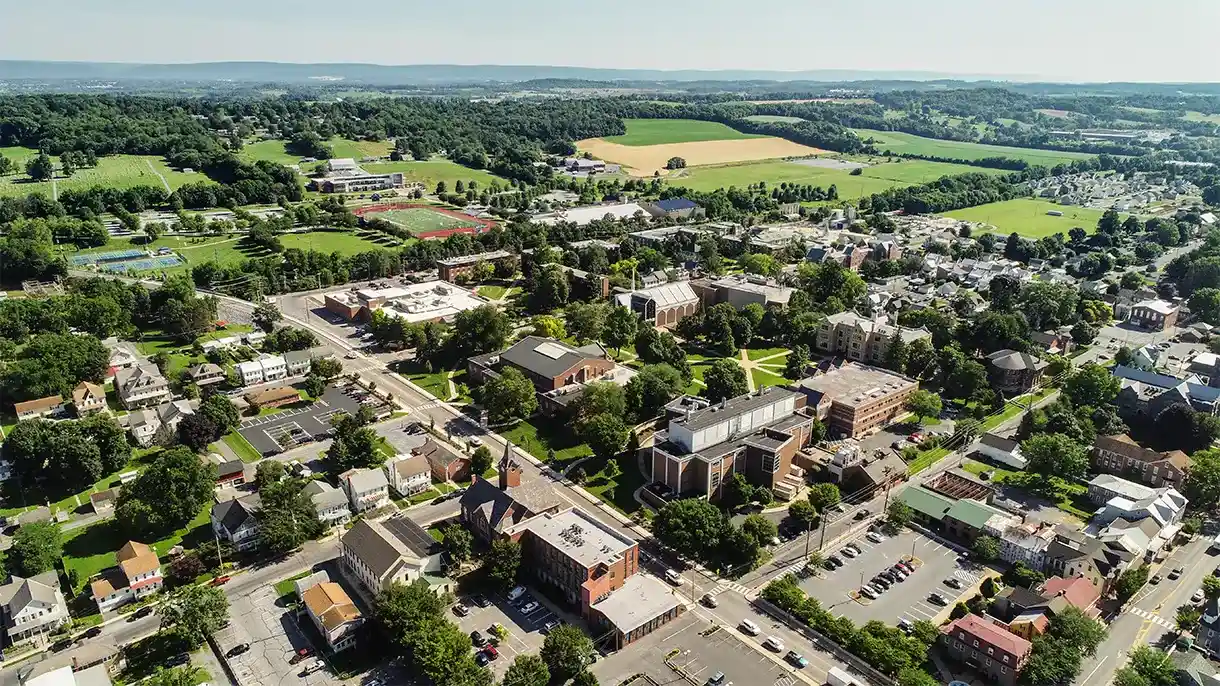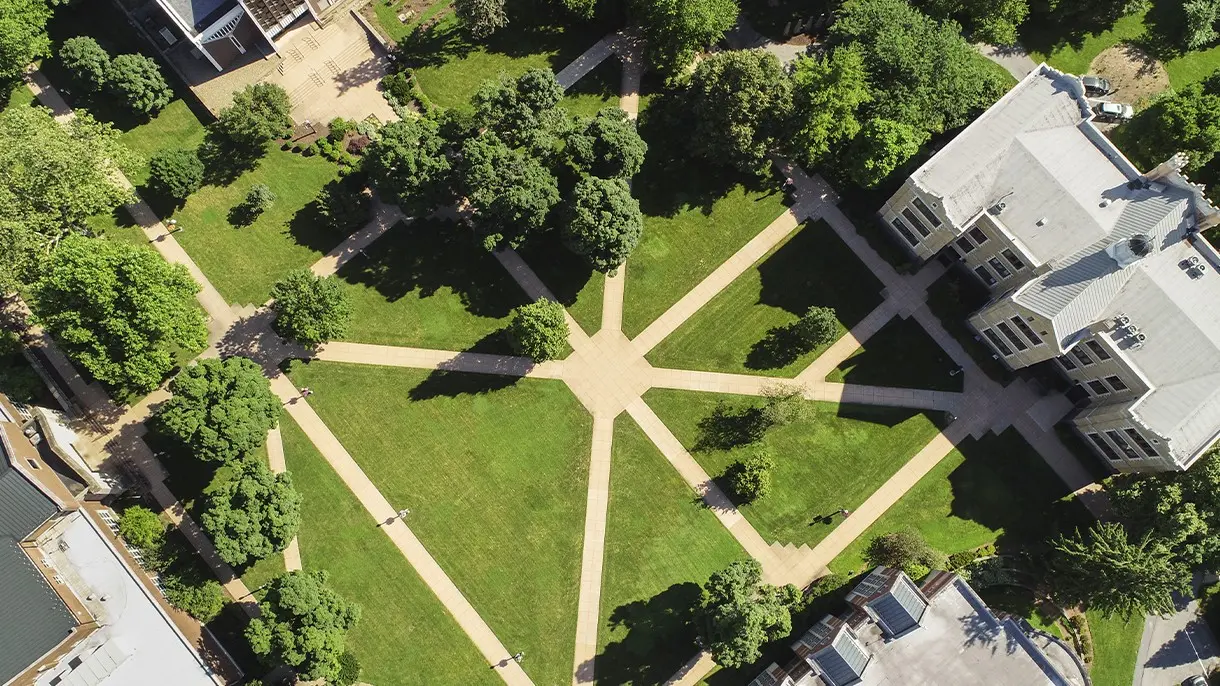The idea of teaching English abroad always appealed to Maggie Kergick ’19. While she considered applying to the Fulbright Program as an undergraduate, she ultimately decided to begin her teaching career instead.
As the years passed, Kergick’s desire never dissipated, so she applied for a Fulbright English Teaching Assistant grant as a post-graduate. She recently returned from 10 months living and teaching English in Slovakia.
“Having four years of teaching experience at home really helped, as I already had classroom management and lesson planning skills. I am also a more confident and resilient person than I was right after graduating college, which helped immensely with this experience,” said Kergick, an 8th and 9th grade English Language Arts teacher in the Mahanoy Area School District who also acts as the assistant director for the Theater Arts Program.
In her Fulbright role, Kergick taught 15-18 English lessons a week, either independently or with another teacher, at her assigned school. She covered topics that included English grammar, conversational English, and American culture using strategies, games, and educational websites that she knew from teaching in the U.S.
“Teaching English as a foreign language has made me a more creative educator,” said Kergick, who received her bachelor’s in English at LVC. “I was always looking for new ways to engage my students and to adapt the content to their level of English. I feel inspired by some of the new lessons and activities I led here and hope to use that inspiration when I return to teaching in America.”
Kergick also bonded with students, teachers, and their families outside of school. She recalled how they helped to make her first Christmas away from home special.
“They welcomed me into their homes and made plans for me every day of our two-week break from school. I traveled to some new places and enjoyed Slovak Christmas traditions. It was an experience I will never forget,” she said.
In addition, Kergick formed strong connections formed with fellow Fulbright grantees who shared lesson ideas, encouragement, and support. The group celebrated Thanksgiving together and traveled throughout Slovakia and neighboring countries during their Fulbright year.
While Kergick first traveled to Europe as part of LVC’s study abroad program in Perugia, Italy, she noted key differences between the two experiences.
“The biggest difference between that time and my Fulbright experience was the level to which I was immersed in the culture,” said Kergick. “In Italy, I lived with roommates from the U.S. and attended an American university. While I got to experience the culture, I was mostly with other Americans. In Slovakia, I lived alone in a small town and spent most of my time with the people in my community which meant I learned more about Slovak culture and traditions.”
Now that her Fulbright year has ended, Kergick plans to continue teaching English at the secondary level and enroll in a master’s program with a planned emphasis on Multicultural Education with a focus on English as a Second Language.
“It is never too late to pursue your passions,” said Kergick. “Starting over after already having an established career felt daunting at first and was difficult at times, but it was also incredibly rewarding. It was a welcome and needed change for me, and I am heading back to my job in the U.S. feeling refreshed, inspired, and grateful for the little things I may not have fully appreciated before.


